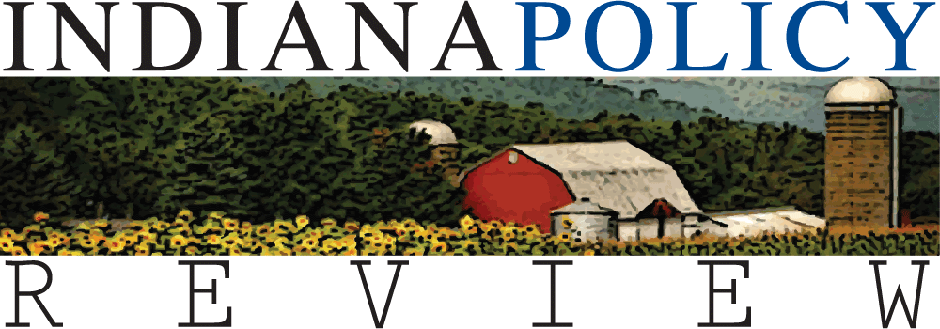Franke: Hagiography or Iconoclasm?
by Mark Franke
Someone, and I wish I could remember who, said culture was the telling to ourselves stories about ourselves. OK, but what if we have conflicting stories to tell?
The assumption behind all this is that the stories are at least partially true, if not in every detail then at least in the morals they purport to teach. What we believe may be more important than what we know.
Take the story of George Washington chopping down the cherry tree with his axe. Did he really do that? Parson Weems in his Washington biography informs us that he did. No other report of the event exists so many insist it didn’t really happen. The nay-sayers must believe that the absence of evidence is evidence of absence.
So what, one may understandably ask? The cherry tree has no historical interest other than as an object lesson in what Weems is telling us about young George’s character. He fessed up. And as a story told to young children, that is an important moral lesson to be taught.
There is no plaque at Washington’s boyhood home commemorating the event but generations of school children learned, or at least ought to have learned, an important lesson in honesty and taking responsibility for their own actions.
Historically true or not, the fable persists in our common memory. Grant Wood, who painted the scene in the early years of World War II, said he did it to reawaken interest in “bits of American folklore that are too good to lose.”
Maybe in today’s victimization culture, we no longer see that lesson as relevant or even positive to teach. Virtue has given way to virtue-signaling. The past is subjected to presentism, judging historical figures by our current progressive orthodoxy rather than by the cultural standards of their day.
Like everything else in our brave new world, we allow ourselves to be pushed into one or the other extreme. We have to choose between hagiography or iconoclasm. Even if we don’t comply with this dictate, we are classified as being one extreme or the other by our ideological opponents.
Succumbing to hagiography, originally used as a category for the life stories of saints, is charged against those who accept stories like the cherry tree as useful whether true or not. They are accused of deifying people like Washington.
In contrast, iconoclasm’s goal is to knock the hero off his perch. Washington owned slaves, therefore anything he did or said must be discarded as ethically corrupt. Keep moving; no lesson to be learned here.
And so we are reduced to a binary and unnuanced choice — love them or hate them.
Two articles I recently read set me on this path of thinking about our culture. One, written for a student journal by a Ph.D. student at Concordia Theological Seminary in Fort Wayne, explained how post-modernism is now being superseded by meta-modernism, a synthesis of the scientific hagiography of modernism and the iconoclastic deconstruction of post-modernism. (My summary, not his.) My young friend is a keen observer of modern culture, something I prefer to ignore, so I look forward to his analytical writing on the subject.
The other was a Wall Street Journal interview with historian Ken Burns, whose current project is a video history of the American War for Independence. In the article, Burns said he wanted to address the things we want to believe about our founding but really aren’t true. That sounds like he may be headed down the iconoclasm path, but that may be an unfair judgment.
Despite his liberalism, I do find Burns’ TV projects interesting and informative. He appears to try to be balanced in his documentaries, so much so that his current project is being underwritten by organizations and individual philanthropists from across the political spectrum.
And Burns is a good storyteller. Which brings us back to my opening statement about telling stories to ourselves about ourselves. The stories we tell must serve a higher purpose than simply reciting a bunch of facts. The perspective matters.
Take George Washington’s role in securing our independence. The inconvenient fact is that our hero was not a particularly good tactician, losing every major battle he fought until the final one. But his grand strategy was just what the nascent nation needed — ensuring an army in being to outlast the British. This he managed even though Congress was incapable of supporting the army with adequate clothing, food and recruits. It is no wonder that Valley Forge is perhaps the most enduring image we retain from the war.
Call it hagiography if you must, but Valley Forge faithfully represents the crucible of our independence. It is an icon whose moral lesson supersedes whatever facts underlie it, as true as most of those facts are.
I’m betting that Ken Burns will see it that way too.
Mark Franke, M.B.A., an adjunct scholar of the Indiana Policy Review and its book reviewer, is formerly an associate vice-chancellor at Indiana University-Purdue University Fort Wayne.

Comments...